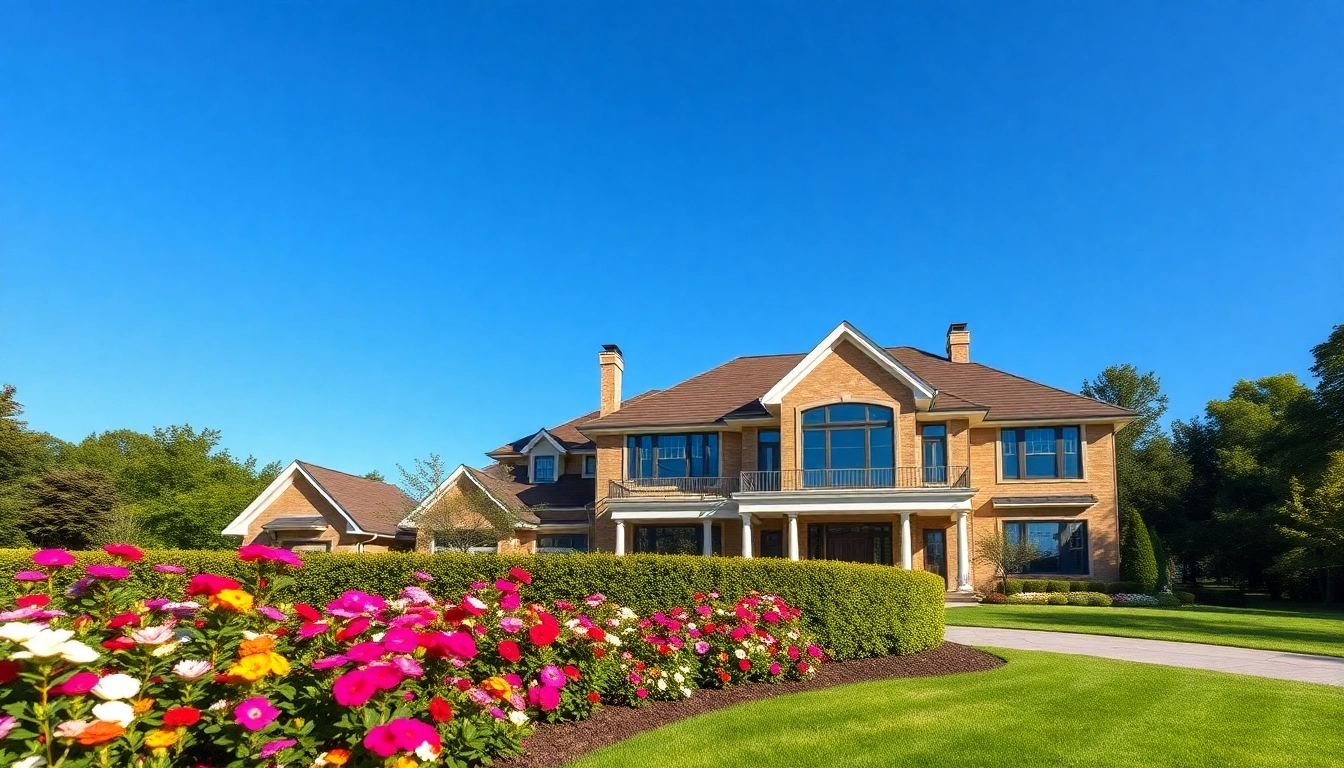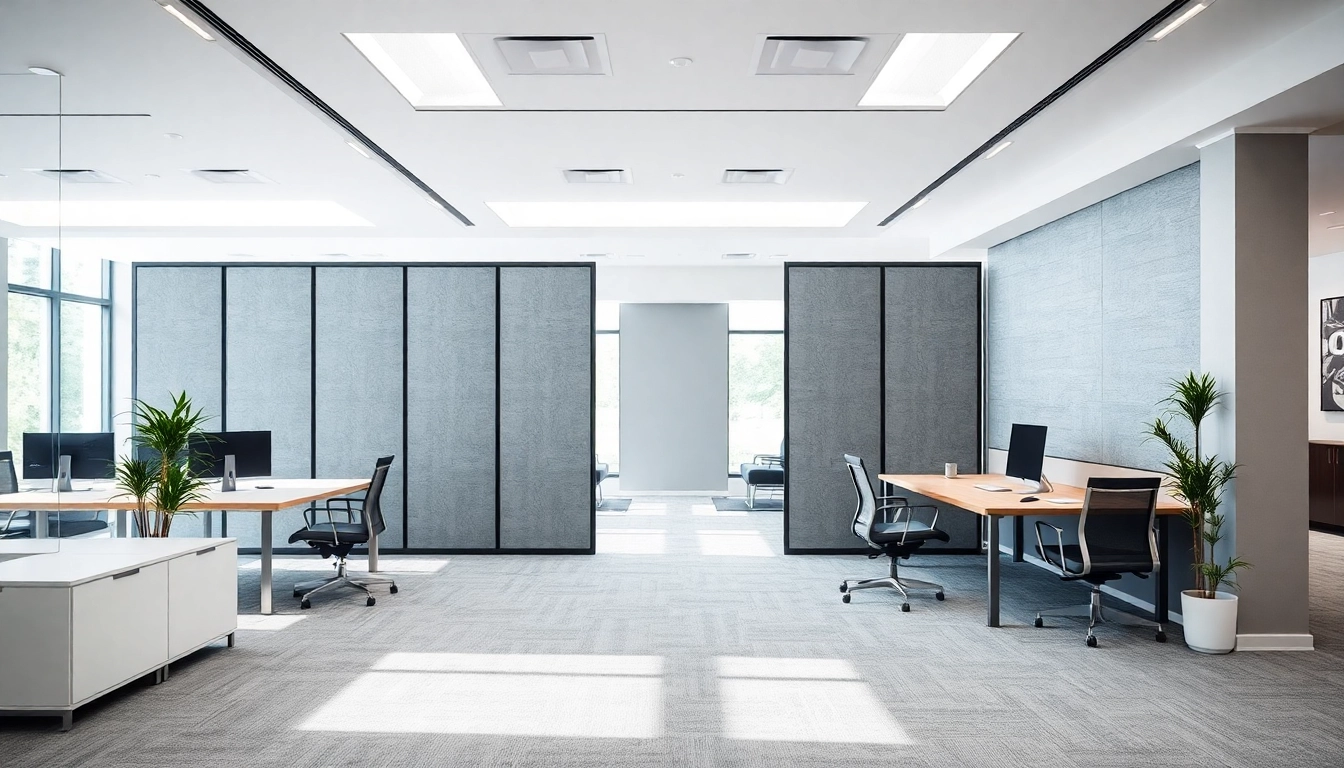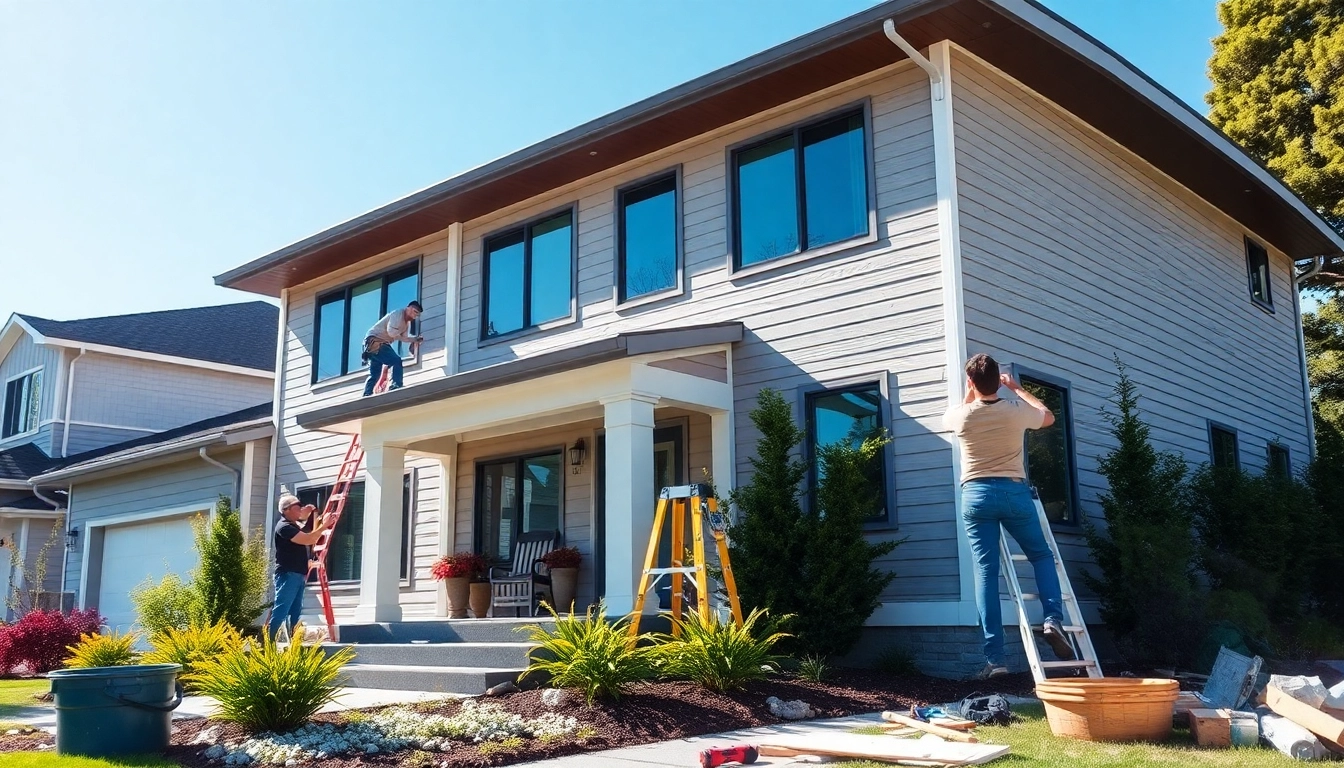Introduction to Connecticut Home Builders
Building a new home is an exciting journey that allows you to create a space reflecting your style and preferences. As you embark on this adventure, connecticut home builders play a pivotal role in bringing your vision to life. With a diverse landscape, architectural styles, and a variety of builders focusing on custom homes, understanding the home building landscape in Connecticut is crucial for prospective homeowners.
Overview of the Home Building Landscape
Connecticut’s home building market is characterized by a combination of traditional craftsmanship and modern design. Home builders in this state offer a wide range of options, from custom-built modular homes to luxury estates, catering to different budgets and lifestyles. The demand for sustainable living options has grown, prompting builders to incorporate energy-efficient solutions and sustainable materials into their projects. As a result, the construction sector reflects innovation and an understanding of what contemporary homeowners desire.
Importance of Choosing Local Builders
When it comes to building a custom home, choosing local builders is essential. Local home builders possess valuable insights into the region’s architectural styles, building codes, and environmental considerations. They understand the nuances of the local real estate market, including land costs and zoning laws, which can significantly impact your project. Furthermore, a local builder is more readily available for on-site consultations and visits, allowing for greater communication and collaboration throughout the construction process.
Key Features of Custom Homes in Connecticut
Custom homes offer an array of features that stand out in Connecticut’s housing market. These include:
- Architectural Diversity: From colonial to modern designs, custom homes in Connecticut embody a range of architectural styles reflecting individual tastes.
- Sustainable Practices: Many builders prioritize eco-friendly materials and energy-efficient technology in their constructions.
- Personalized Space: The flexibility of design allows homeowners to incorporate their lifestyle needs, such as home offices, guest suites, or entertainment spaces.
- Quality Craftsmanship: Local builders often have a reputation for quality, using the best materials and skilled labor to ensure durability and aesthetics.
Benefits of Building a Custom Home
Personalization and Design Freedom
One of the most significant benefits of building a custom home is the level of personalization it offers. Homeowners have the freedom to choose every detail, from the layout to the fixtures. This artistic control means you can design spaces that suit your family’s lifestyle, whether that includes a sprawling kitchen for family gatherings or a quiet reading nook for solace. Additionally, being actively involved in every step fosters a sense of ownership and pride in your new home.
Energy Efficiency and Sustainability
Incorporating energy-efficient solutions into your custom home not only reduces your carbon footprint but also lowers future energy costs. Many Connecticut builders are adept at installing solar panels, high-efficiency heating and cooling systems, and energy-efficient windows and insulation. These features contribute to a sustainable home that benefits both the environment and your wallet. Moreover, sustainable building practices are becoming increasingly important to many homebuyers, making these homes more appealing in the real estate market.
Investment Value of Custom Homes
While the initial cost of building a custom home can be higher than purchasing an existing home, the long-term investment value is noteworthy. Customized layouts, modern amenities, and energy-efficient features often translate to higher resale values. In Connecticut, where real estate typically appreciates, building your dream home can prove to be a wise financial decision over time. Additionally, custom homes are less likely to require extensive renovations or repairs than older properties, which can save you money in the long run.
Choosing the Right Connecticut Home Builder
Researching Builder Credentials
Finding the right builder is critical to the success of your custom home project. Start by researching builders’ credentials, ensuring they are licensed and insured. Membership in relevant associations, such as the Home Builders & Remodelers Association of Connecticut, can indicate a builder’s commitment to industry standards and professional development. Additionally, consider builders with established reputations and positive reviews from past clients, as this often reflects reliability and quality in their work.
Evaluating Past Projects and Reviews
A comprehensive evaluation of a builder’s past projects can reveal much about their capabilities. Look for photo galleries and case studies on their websites to assess their design styles and the quality of their work. Furthermore, the industry response—through reviews, testimonials, and referral clients—can provide insights into the builder’s reliability, timeline adherence, and craftsmanship. Don’t hesitate to ask potential builders for references so you can communicate with previous clients directly about their experiences.
Understanding Communication and Support
User-friendly communication is paramount when working with a builder. Start by assessing how responsive potential builders are to your inquiries during the initial stages. A builder who communicates effectively and openly from the beginning is more likely to maintain that level of transparency throughout the construction process. Ensure that your builder is willing to provide regular updates, answer questions promptly, and address any concerns you may have as they arise. Good communication can prevent misunderstandings and facilitate a more satisfying building experience.
Essential Steps in the Custom Home Building Process
Initial Consultation and Budgeting
The first step in the custom home building process begins with an initial consultation. During this meeting, you will discuss your vision, preferences, and budget with your chosen builder. Understanding your financial limitations early on will help establish the scope of your project and streamline your design choices. It is wise to consider all potential costs, such as land acquisition, permits, construction supplies, and labor, to ensure you have an accurate budget from the onset.
Design Phase and Material Selection
After establishing a budget, the next step is the design phase. This is where you collaborate closely with architects and designers to create blueprints that align with your vision. During this phase, you’ll also have the opportunity to select materials, fixtures, and finishes. The material choice greatly affects the aesthetics and functionality of your home and can influence energy efficiency and maintenance demands. Ensure that the materials selected reflect both high quality and your personal style.
Construction Timeline and Quality Assurance
Once the design and material selection is finalized, construction can begin. A reliable builder will provide a detailed timeline outlining each phase of construction and milestones to expect. Regular quality assurance checks should be part of the plan to ensure that standards are met throughout the process. It’s beneficial to schedule periodic site visits to monitor progress and address any issues that may arise while maintaining open lines of communication with your builder.
Common Challenges and Solutions in Home Building
Managing Costs and Avoiding Overruns
One of the most common challenges homeowners face during the construction process is budget overruns. To manage costs effectively, remain transparent with your builder about your financial limitations. Setting a contingency fund of 10-20% of your total budget can provide a safety net for unforeseen expenses. Additionally, opting for essential upgrades over luxury features early on can help avoid unnecessary expenditure.
Addressing Delays in Construction
Delays are often an unfortunate part of the construction process due to factors such as weather, supply chain issues, or unforeseen site challenges. While some delays may be unavoidable, clear communication with your builder can help keep you informed about progress and adjustments. Building realistic timelines and including buffer periods for each phase can also help accommodate potential setbacks.
Building to Code and Compliance Standards
Building codes exist to ensure safety, health, and welfare in construction. Failure to adhere to these regulations can result in costly fees or the need for extensive revisions. Engaging a knowledgeable builder who understands local building codes and compliance standards is crucial. They will facilitate inspections throughout the process to ensure timely completion while meeting all regulatory requirements. Keeping abreast of any changes to building codes during the construction period can also prevent compliance issues and avoid disruptions.



